Did you know those DIY Clorox wipes you made might not be doing anything to kill viruses? With the multitude of incorrect information on the Internet, it is difficult to know how to properly sanitize and disinfect properly with homemade bleach solutions. Whether influenza, common cold, or controlling the COVID-19 virus, the effective use of bleach is critical to providing a healthy environment at home. Here is a break down of the important topics of of how bleach works, understanding ‘cleaning’ terms we use, and how to make effective bleach solutions to kill those germs, bacteria, and viruses.
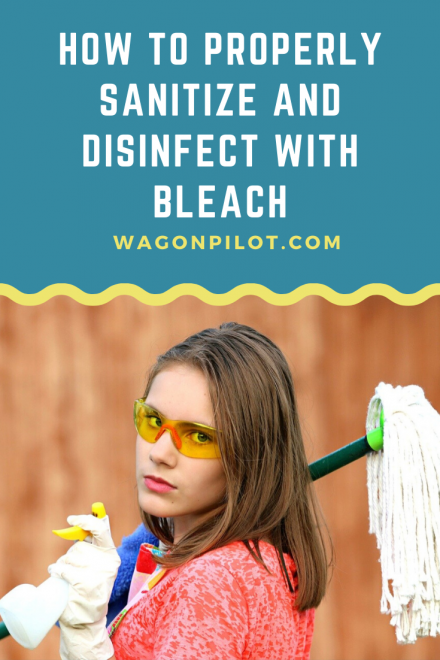
What is the Difference Between Cleaning, Sanitizing, and Disinfecting?
The first step is clearing up the confusion in the use of the terms cleaning, sanitizing, and disinfecting. We often use these words interchangeably, but this is a problem when trying to find accurate information on using bleach solutions effectively. In light of the COVID-19 epidemic, I have seen numerous articles about making DIY wipes, how to clean toys, and other related posts chock full of misinformation. Here is an explanation.
Cleaning is simply the act of removing dirt and other substances from a surface. This does have a small impact on health hazards by removing excess material that may have been exposed. It does not kill germs and viruses and is done before the sanitizing or disinfecting process.
Sanitizing with bleach reduces the number of germs and other micro-organisms to a level safe for most daily purposes. This is routine preventative measures for high traffic areas, such as day care centers, restaurants, etc.
Disinfecting is the process of using a chemical solution to effectively kill off germs, viruses, and other micro-organisms on surfaces. This is the most effective action for containing and preventing the spread of infectious diseases.
Also note that, unlike basic cleaning, the application process is critical. Simply wiping down an area then drying it off isn’t effective. After applying the to the surface being sanitized or disinfected, the bleach solution needs to remain in contact for a minimum of 5 minutes to do its work. After 5 to 10, the surface can be rinsed with clean water and must air dry to complete the process.
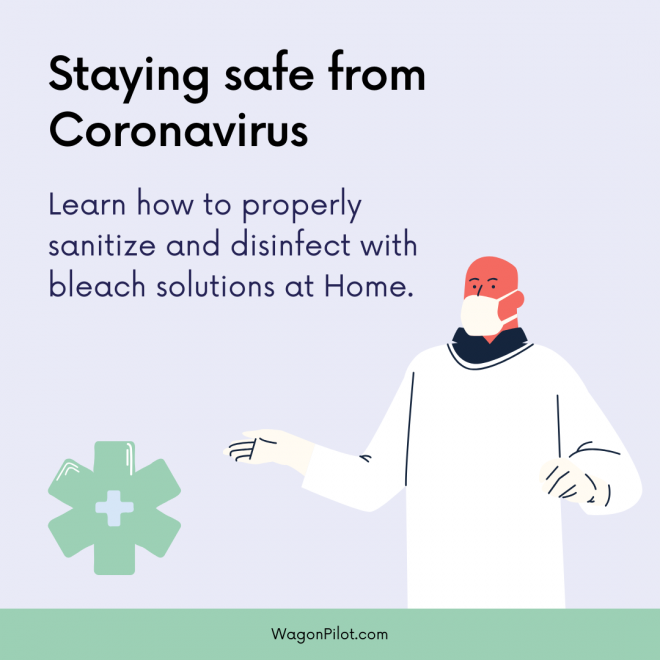
Important Information to Know about Bleach
The active ingredient in bleach is sodium hypochlorite. It denatures proteins in micro-organisms, which kills off bacteria and viruses. Household bleach typically contains about 5% to 6% sodium hypochlorite. Bleach needs to be mixed with water before using. The solution will vary depending on the specific sanitizing or disinfecting application.
Bleach and water solutions lose their effectiveness after a mere 24 hours. This is why making a batch of homemade wipes is not a good idea. Only mix the amount of solution you need for that day. Excessive heat and exposure to sunlight also reduces its effectiveness, so proper storage is required. Store bleach out of direct light in a location under 77 degrees Fahrenheit.
Bleach has a short shelf life and should be used within one year of manufacture. The date codes on bleach bottles are a bit confusing since they use a Julian date within the manufacturer code; (1 or 2 digit last number(s) of year)(3 digit day of year). For Clorox bottle codes, the first two (letter and number) are the factory code, then the next four are the date. For example, in code A1901511, the date is 9015. This translates to 2019, 15th day of the year, or January 15, 2019. This bottle of bleach would expire January 15, 2020.
Proper disposal is easy. Simply pour expired bleach or excess solution down the drain and flush with plenty of water. The sodium hypochlorite quickly breaks down into mostly salt and water and is safe for the sewer system. Do not throw bottles of bleach in the trash.
Tips for Making Bleach Solutions
- Bleach solution is only effective for 24 hours, so make what you need for that day.
- Mix bleach and water in a spray bottle, jar, or bucket and clearly label to prevent misuse.
- Be sure to have adequate fresh air ventilation when working with bleach
- Never mix anything other than bleach and water in the container. Chemicals may react and scents, essential oils, etc. will dilute the solution more.
- For maximum effectiveness, mix bleach with cool water.
- Use chlorine test strips with a range of at least 0 to 1000ppm, such as these. Food service types are often limited to 200ppm. Measure and adjust as solution as needed for specified range.
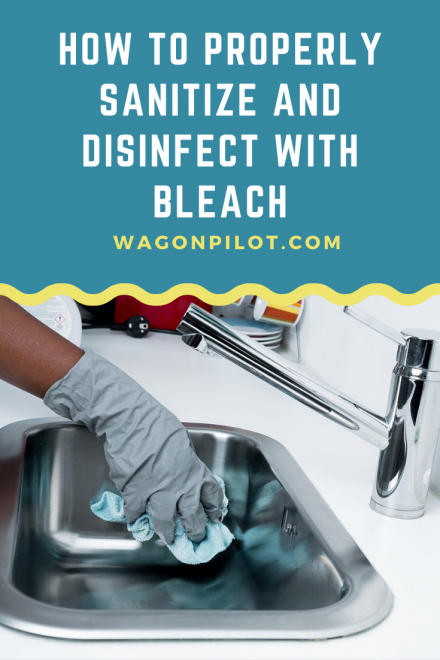
Instructions for Sanitizing or Disinfecting with a Bleach Solution
- Mix solution using measurements below. Confirm with test strip, if available, and adjust solution as needed.
- Clean surface to remove any excess dirt, grime, etc.
- Spray or wipe down surface with the bleach solution and let sit for 5 to 10 minutes.
- Rinse with clean water and allow surface to air dry.
How to Make Bleach Solution for Sanitizing
For food contact surfaces, dishes, utensils. 50 to 200ppm sodium hypochlorite solution.
- ¼ teaspoon bleach per pint (16oz) of water
- ½ teaspoon bleach per quart (32oz) of water
- 1 Tablespoon bleach per gallon (128oz) water
For general sanitizing of general areas, doorknobs, bathroom surfaces, etc. 500 to 800ppm sodium hypochlorite solution.
- 1 teaspoon bleach per pint (16oz) of water
- 1 Tablespoon bleach per quart (32oz) of water
- ¼ cup bleach per gallon (128oz) water
Sanitizing soak for toys, use ½ cup bleach per 1 gallon (128oz) water.
How to Make a Bleach Solution for Disinfecting
How to Make a Bleach Solution for disinfecting hard non-porous surfaces. 1000+ ppm sodium hypochlorite solution.
- 2 teaspoon bleach per pint (16oz) of water
- 4 teaspoons bleach per quart (32oz) of water
- ½ cup bleach per gallon (128oz) water
For more information, read the CDC’s recommendations for cleaning and disinfecting households from viruses.
How to Properly Make and Use a Bleach and Water Solution for Disinfecting Hard Surfaces
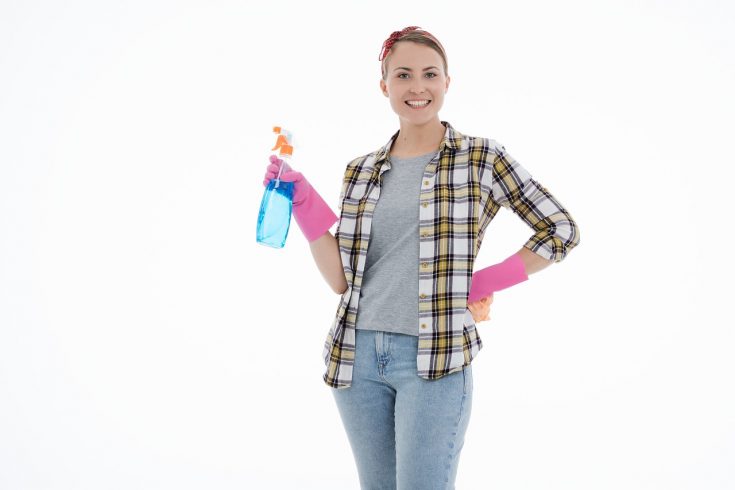
A bleach and water solution needs to have a specific range of sodium hypochlorite concentration to effectively disinfect hard surfaces. This is essential for killing germs, bacteria, and viruses, such as COVID-19 and influenza.
Materials
- Household bleach (not concentrated)
- Water
- Container, such as a spray bottle, bucket, or jar
Tools
- Optional - small funnel
Instructions
- Mix 2 teaspoons of bleach in 1 pint (16oz) of water. Use a small funnel to add liquids into a spray bottle.
- Confirm with test strip, if available, and adjust solution as needed for a 1000+ppm solution. (Additional measurements listed below).
- Clean surface with mild detergent or soap to remove any excess dirt, grime, etc.
- Spray or wipe down surface with the bleach solution and let sit for 5 to 10 minutes.
- Rinse with clean water and allow surface to air dry.
Notes
Bleach and water measurements to disinfect hard non-porous surfaces. 1000+ ppm sodium hypochlorite solution.
- 2 teaspoon bleach per pint (16oz) of water
- 4 teaspoons bleach per quart (32oz) of water
- ½ cup bleach per gallon (128oz) water
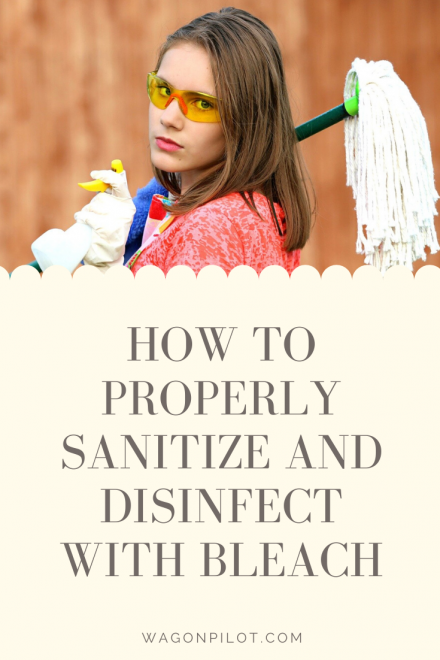

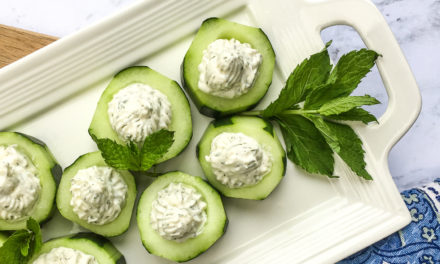

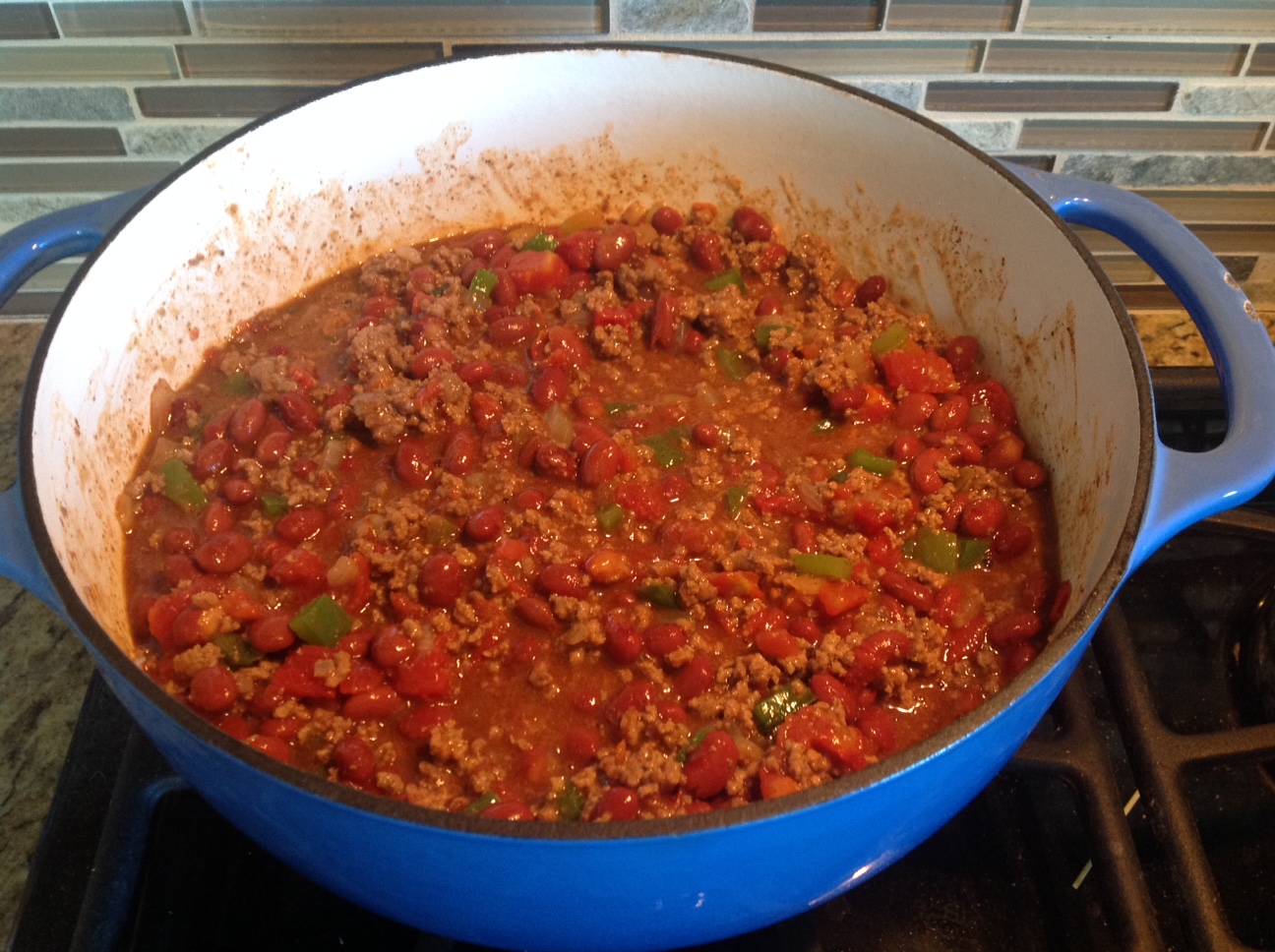
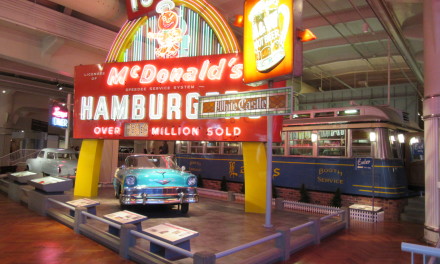
I did not know that it was only good for 24 hours! Thanks for all of the useful info!